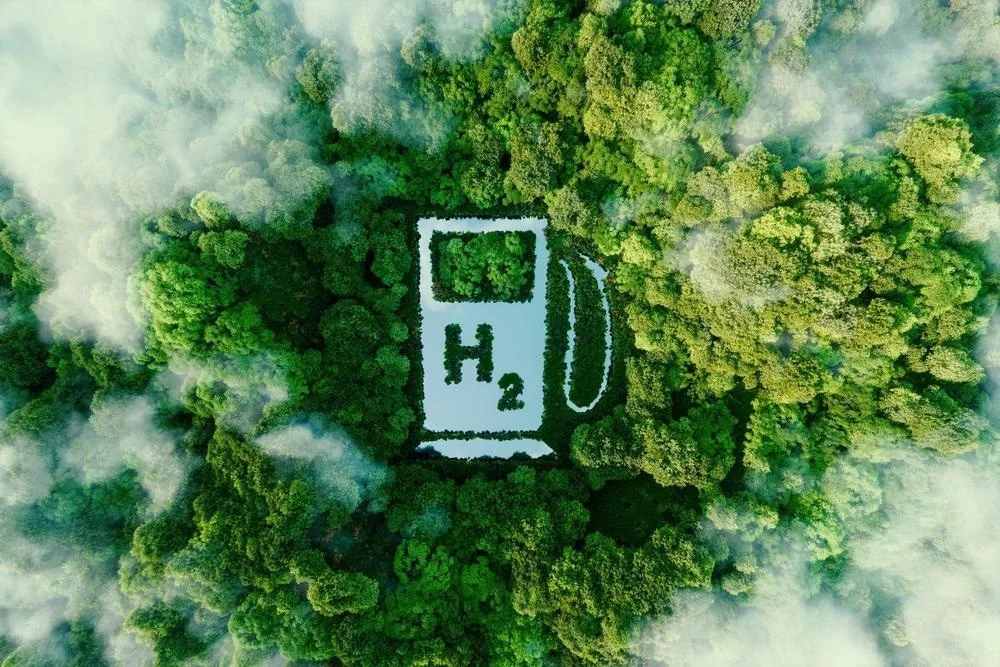
Bent on making electricity the only source of energy for the future, we have forgotten the world’s largest non-polluting fuel reserve, Hydrogen. This gas can be generated from renewable sources, stored and used, through fuel cells, to generate electricity without contamination.
It is the most abundant chemical element, if it is managed efficiently all current and future energy needs could be supplied, without the problem of depletion of reserves. It promises to be the fuel of the future and step by step replace all current fossil fuels.
To obtain electricity from hydrogen, precisely the reverse reaction is performed for hydrogen production. In this case it is made to react with oxygen, obtaining electricity and water. The device in charge of performing this reaction is called a fuel cell.
In the near future, where today there is a boiler that burns gas, diesel or any other polluting fuel, there will be a fuel cell capable of generating electricity with hydrogen that will arrive by commercial hydroducts. It will be enough to inject oxygen from the environment to generate the electricity demanded by the facility or industrial process, with a performance that almost triples that of burning traditional fuels and without emitting polluting gases. The residue produced by the fuel cell is water vapour, which can be used for heating, and coupled to an absorption system, you can transform the heat into cold and have air conditioning.
HOW TO GET HYDROGEN?
The most promising obtaining procedure is by water electrolysis. That is, by decomposition of water in its two components, oxygen and hydrogen, thanks to an electric current supplied by a power supply, a battery, a battery or any renewable source, which is connected by electrodes to the water. To decrease the resistance to the passage of current through water, a strong electrolyte such as a sodium salt is usually added.
An industrial electrolysis plant would break down water into oxygen (released into the atmosphere without any polluting problem) and hydrogen, which, after storage in tanks as is done with gas, would be available for use as fuel. From the tanks, hydrogen would be moved to the consumption units (factories, homes or service stations), just as we do with gas, through pipelines (rather, hydroducts) that could be the same as those currently distributing natural gas to the different industrial, commercial and domestic centers.
At Nakasawa we are guiding our technological efforts and advances towards the use of Hydrogen as fuel in our thermal power generation systems, making them available to leverage the different developments that can be made in this regard.
To download the article, click here.


